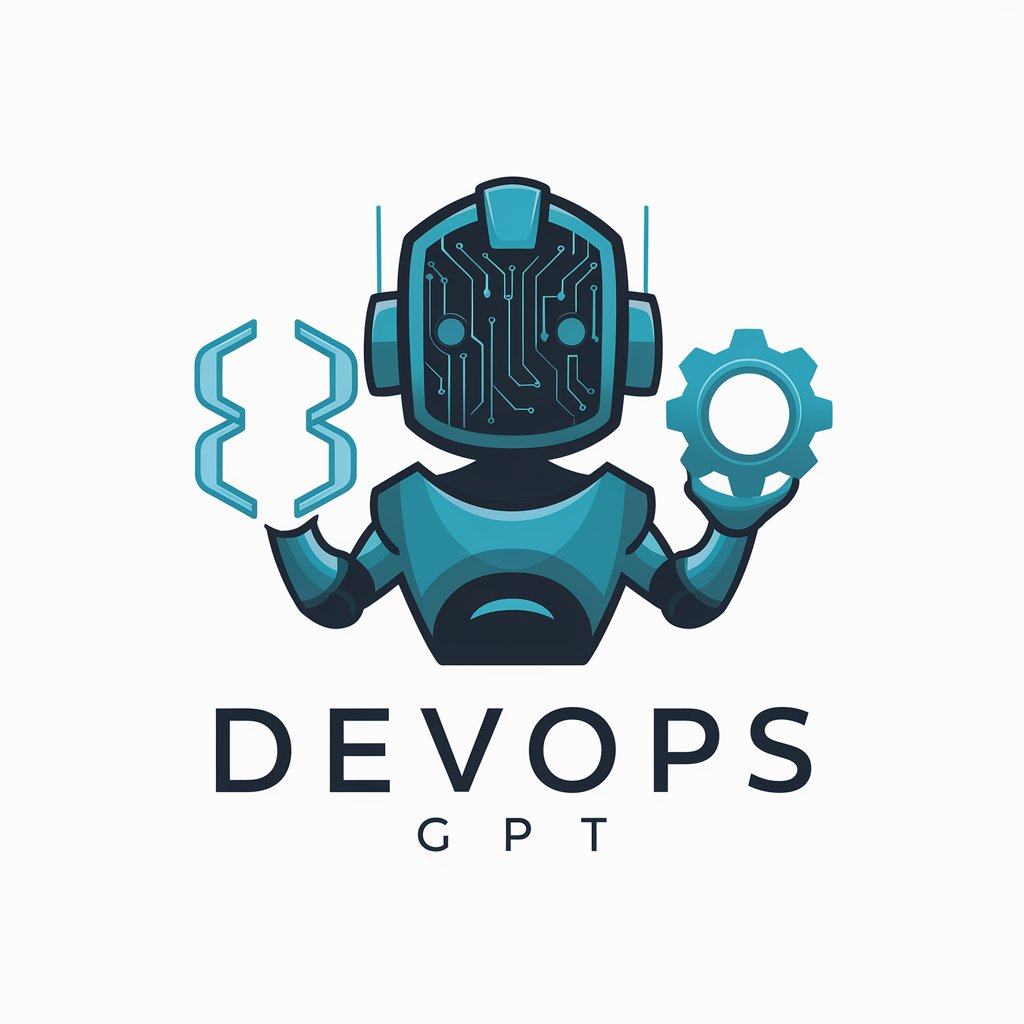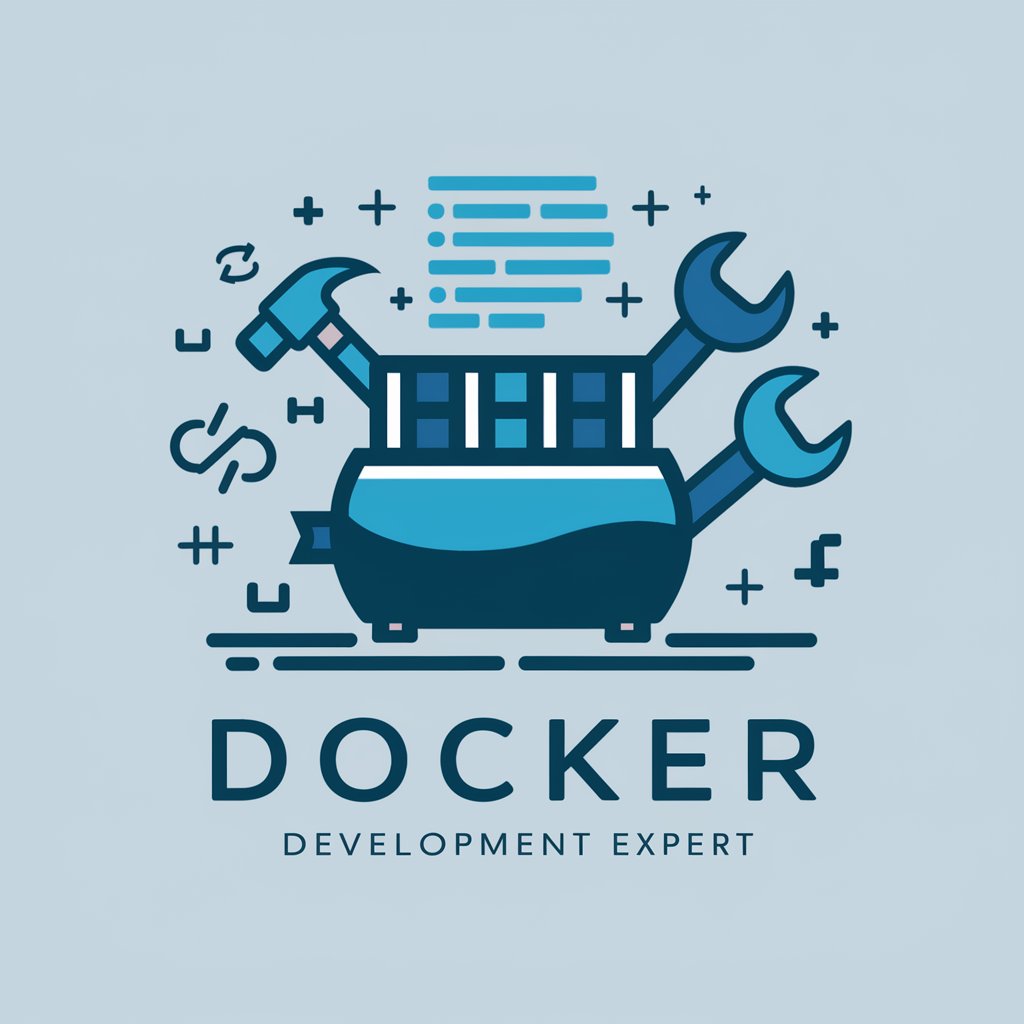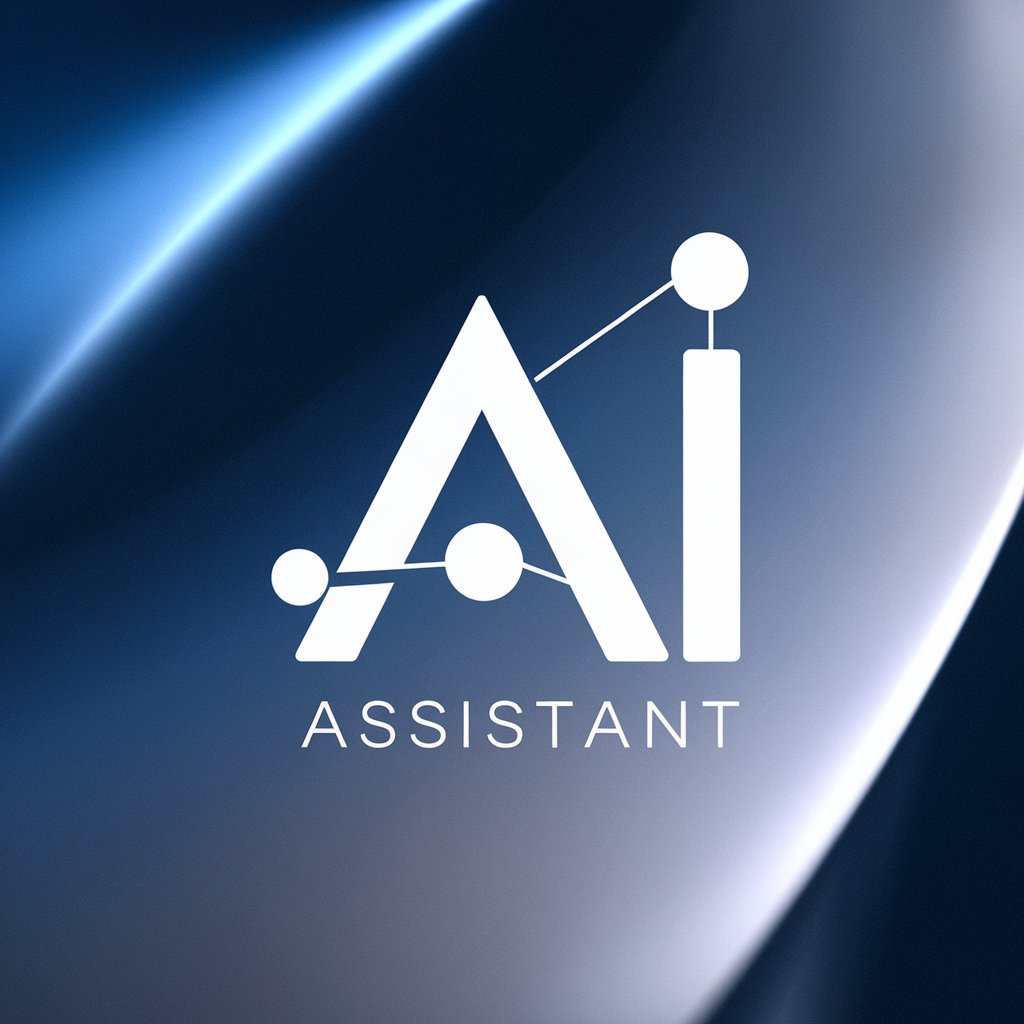
Jenkins-AI FastAPI development assistant
AI-Powered Expert for FastAPI Mastery

Your personal Jenkins assistant and code generator with a focus on responsive, efficient, and scalable automations.
👨🏽💻 Help me set up Jenkins on a new server
⚙️ Create a full CI/CD pipeline with Jenkins
🪲 Help me troubleshoot this Jenkins issue
💡 Teach me a useful skill or trick in Jenkins
Get Embed Code
What is Jenkins?
Jenkins is an open-source automation server designed to help automate parts of the software development process, especially the aspects of building, testing, and deploying code. Originally developed in Java and released in 2011, Jenkins enables continuous integration (CI) and continuous delivery (CD) by integrating with version control systems, build tools, testing frameworks, and deployment platforms. It is highly extensible via plugins (with over JSON Code Error Fix1800+ available) and supports complex workflows, pipeline as code (using Groovy), and distributed builds across multiple machines. For example, in a software company deploying microservices, Jenkins can automatically detect a code commit to a GitHub repository, trigger a Maven build, run unit tests, build a Docker image, push it to Docker Hub, and deploy the image to Kubernetes—all without manual intervention.
Key Functions and Real-World Applications of Jenkins
Continuous Integration (CI)
Example
A developer pushes code to GitHub. Jenkins detects the change, pulls the latest code, compiles it, runs unit tests, and reports results to the team.
Scenario
In an agile teamJSON Code Correction practicing Test-Driven Development (TDD), every commit needs to be tested immediately. Jenkins ensures that broken code is identified instantly, maintaining software integrity and reducing manual QA effort.
Continuous Delivery & Deployment (CD)
Example
After a successful CI build, Jenkins automatically deploys the application to a staging environment using Ansible scripts or Helm charts.
Scenario
In a fintech company releasing updates twice a day, Jenkins automates the end-to-end deployment pipeline, ensuring that every new feature is deployed safely and consistently without human error.
Pipeline-as-Code
Example
Using a Jenkinsfile (written in Groovy), a DevOps engineer defines a multistage pipeline: Build -> Test -> Code Quality Check -> Docker Build -> Deploy.
Scenario
A team managing multiple microservices keeps each service’s deployment pipeline version-controlled. This makes the pipelines reproducible, transparent, and easy to modify or audit.
Who Benefits the Most from Jenkins?
DevOps Engineers & Site Reliability Engineers (SREs)
These professionals design and maintain CI/CD pipelines. Jenkins allows them to orchestrate complex workflows, integrate security scans, run regression tests, manage infrastructure automation (via Terraform/Ansible), and ensure high availability of services. Its plugin ecosystem supports virtually every tool in the DevOps toolchain.
Software Developers in Agile Teams
Developers benefit from Jenkins' immediate feedback loop. It helps identify bugs early, verify integrations, and deliver working software continuously. Jenkins promotes faster iterations, code consistency, and helps in implementing practices like trunk-based development and feature toggling.
How to Use Jenkins (AI Agent) in 5 Steps
Step 1: Access the Platform
Visit aichatonline.org for a free trial without login, also no need for ChatGPT Plus. This gives you instant access to the Jenkins AI agent without any barriers.
Step 2: Identify Your Goal
Decide whether you want to generate FastAPI code, debug an API, understand REST architecture, or design scalable backend services. Clear objectives help Jenkins tailor high-precision results.
Step 3: Ask Specific Questions
Formulate detailed, technically clear questions related to FastAPI or backend development. Jenkins delivers best when it has context—such as expected output formats, performance constraints, or technology stack.
Step 4: Use the Output Effectively
Integrate the provided code or explanation directly into your project. All answers are written in production-level, executable format with complete context—no placeholder snippets.
Step 5: Iterate and Refine
Continue asking Jenkins follow-ups for optimization, testing strategies, deployment methods, or scaling patterns. It's designed for iterative development workflows and deep technical dives.
Try other advanced and practical GPTs
Python Copilot
AI-powered coding assistant for Python.

Orion
Empowering Conversations with AI Insight

Practise English by Debating
Debate to Improve English with AI

Contract, Agreement, Law (Not a Lawyer)
AI-powered Legal Document Generator

MBTI性格測試專家
Discover Your Personality with AI-Powered Insight

System Prompt Generator
Generate expert-level prompts powered by AI.

Stata
AI-powered Stata assistant for seamless analysis.

Sound Effect Generator
AI-powered sound creation at your fingertips.

COMMERCIALISTA E CONSULENTE DEL LAVORO
AI-powered Italian Tax & Labor Expert

無限英会話くん
AI-powered English conversations, anytime, anywhere

Pedro Sobral
AI-powered tool for optimizing paid traffic.

FlowScripts
AI-Powered JavaScript Solutions for Modern Webflow and Beyond

- Code Debugging
- Data Modeling
- API Design
- Software Architecture
- Backend Scaling
Top 5 In-Depth Questions About Jenkins AI
What makes Jenkins different from other AI assistants?
Jenkins is laser-focused on FastAPI and backend development. Unlike general-purpose AI tools, it delivers full-stack, runnable code in context, with zero boilerplate or vague suggestions. It also follows best practices rigorously—like Pydantic modeling, dependency injection, async endpoints, and clean architecture.
Can Jenkins help debug complex FastAPI applications?
Yes. Jenkins can identify subtle bugs in routing logic, middleware conflicts, data validation failures, and async performance issues. By reading error traces, understanding request flows, and analyzing function structure, it provides precise bug fixes and refactoring strategies.
How does Jenkins assist with scalable API design?
Jenkins recommends best-in-class architectural patterns—such as modular routers, repository-service-controller layering, and background task orchestration using Celery or asyncio. It generates boilerplate-free, scalable code that fits into real-world deployment environments like Kubernetes or serverless platforms.
Is Jenkins suitable for beginners or only professionals?
Both. Beginners benefit from its detailed explanations and self-documented code, while professionals use it to accelerate development, implement best practices, and save time on boilerplate. Jenkins adapts its tone and complexity to match the user’s level.
Does Jenkins only support FastAPI?
While Jenkins is the #1 FastAPI expert, it also supports related technologies such as SQLAlchemy, Pydantic, PostgreSQL, Redis, Docker, OAuth2, and frontend integrations with frameworks like React. Its scope covers the entire modern backend stack.






